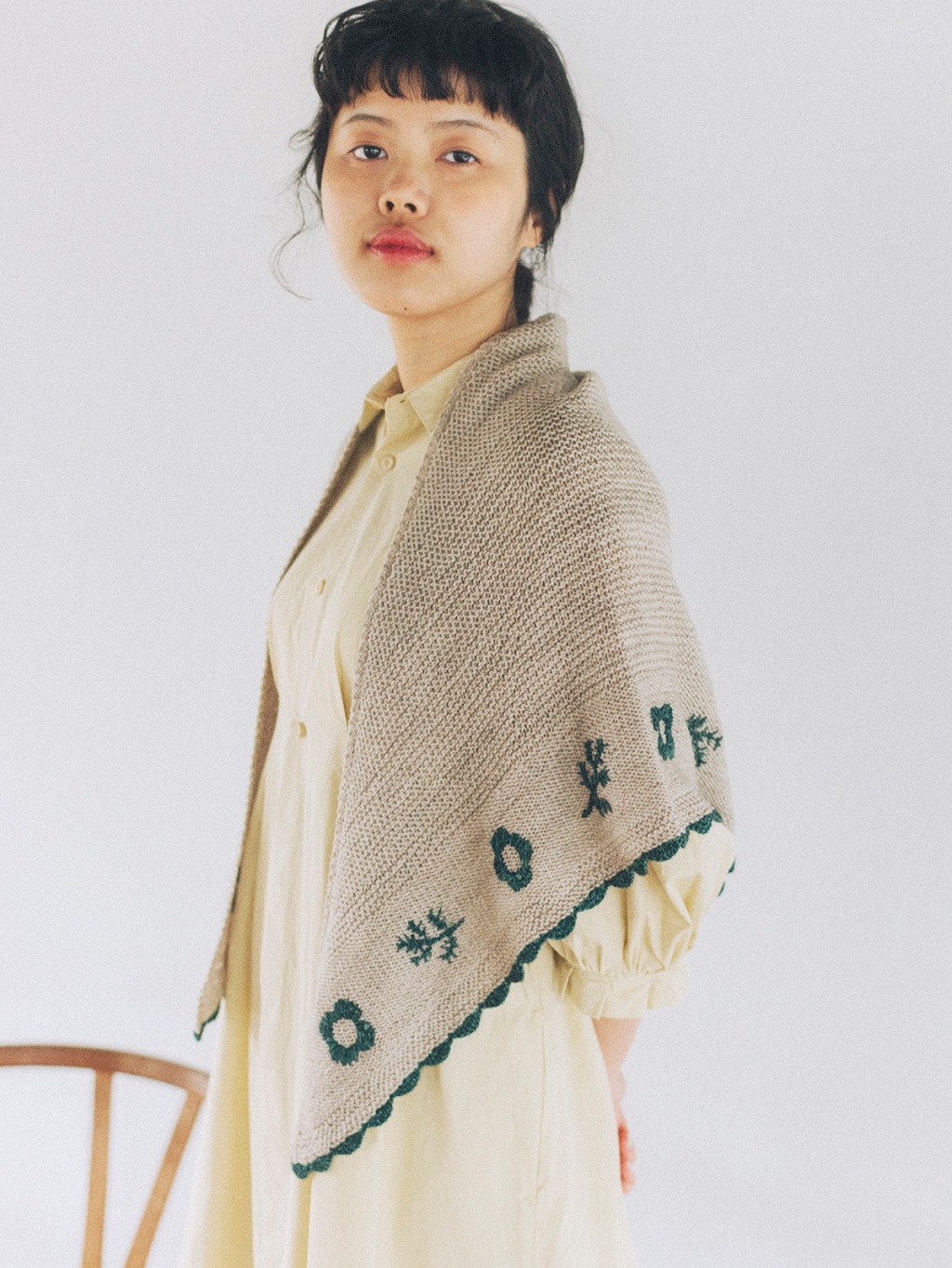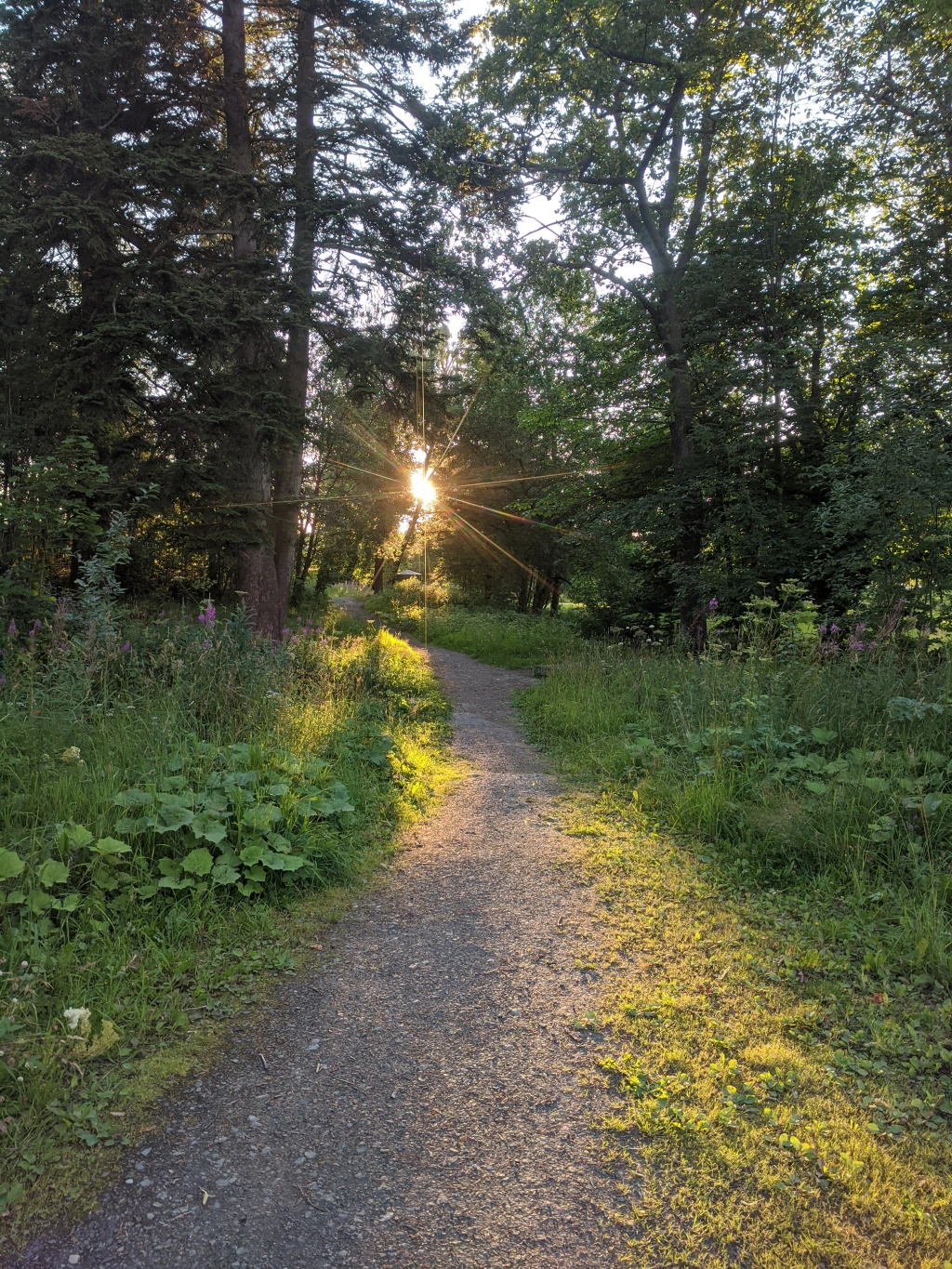-
espace tricot: knits from the lys

Some of you may know that when we lived in Montreal, I worked at Espace Tricot for a time. My colleagues and the community around the store became my knitting family there, and when Lisa and Melissa decided to move on, I was thrilled when my former store colleagues Steph and Naomi took over the… Continue reading
-
amirisu wrap-up

The main pattern work I’ve done alongside working on my PhD has been a series of patterns for Amirisu, all but one of which I’ve shared on the blog already (see my previous posts on Bramble and Blomsterkrans, and Kitchen Stories). My fourth and final pattern for Amirisu was published in issue 24, the spring/summer… Continue reading
-
queue check: september 2023
Several years back I would occasionally post a “queue check,” an overview of active project WIPs and plans (fully based on the ones Karen Templer of Fringe Association used to post). Now that I’m carving out a little more time for crafting, I’ve started going back to projects that have been on hold for 2-3… Continue reading
-
back to it

August. The fireweed (willowherb) is almost done, the thistle is going to seed, the students are arriving in town again…that back-to-school feeling is definitely creeping its way into Trondheim. Seems like an appropriate time to dust this thing off, yeah? I didn’t intend for the blog to go quiet, but between the pandemic, working on… Continue reading
-
kitchen stories (salmer fra kjøkkenet)
I’ve been meaning to share a bit about this design since the autumn 2021 issue of Amirisu came out in November! The issue’s theme is knitwear inspired by films, and I found the process of coming up with a design for this one super interesting, so I thought I’d share both my new design today… Continue reading
-
a new year
Happy new year to you all! It’s been a little while, hasn’t it? It seems I haven’t posted since August, and if I’m honest, 2021 feels like a year that just quietly slipped by. I can hardly believe Christmas and the new year have come and gone again already. Nonetheless, I wanted to pop by… Continue reading
-
FO: willis shirt
Last week I had the chance to do a bit of sewing, and made my very first collared shirt! It was a project I’ve been planning for a little while, chosen pretty deliberately as a skill-building project. The pattern is the Willis Shirt from Seamwork, and I chose it because aside from the collar, the… Continue reading
-
driving the helgeland coast
Since I’m still waiting on a Covid vaccine (at 33, I’m essentially at the very back of the queue in Trondheim), this year’s summer vacation has been another domestic holiday by necessity. We kept it relatively short – I’m saving more of my holiday time for December, when I should be fully vaccinated and we can… Continue reading
-
new work for amirisu
The previews for issue 22 (spring/summer) of Amirisu magazine went live last week, and I actually have some new work to share! For those unfamiliar with the magazine, Amirisu originally started off as a digital-only knitting magazine, publishing bilingually in English and Japanese (they are a Japanese company). Nowadays they’re a print magazine, publishing each… Continue reading
-
thaw
March and April have definitely brought signs of spring this year. I think this March was milder and less snowier than last year’s, something I’m feeling grateful for. We’re still in that in-between stage, where it sometimes snows, but it’s mild enough now that it never lasts for too long when it does. The daylight… Continue reading
-
Subscribe
Subscribed
Already have a WordPress.com account? Log in now.